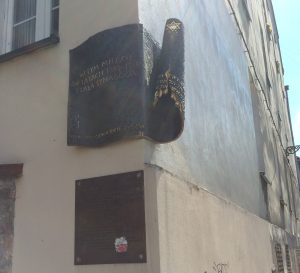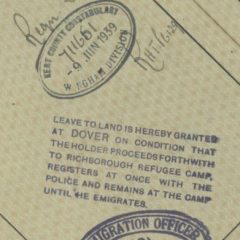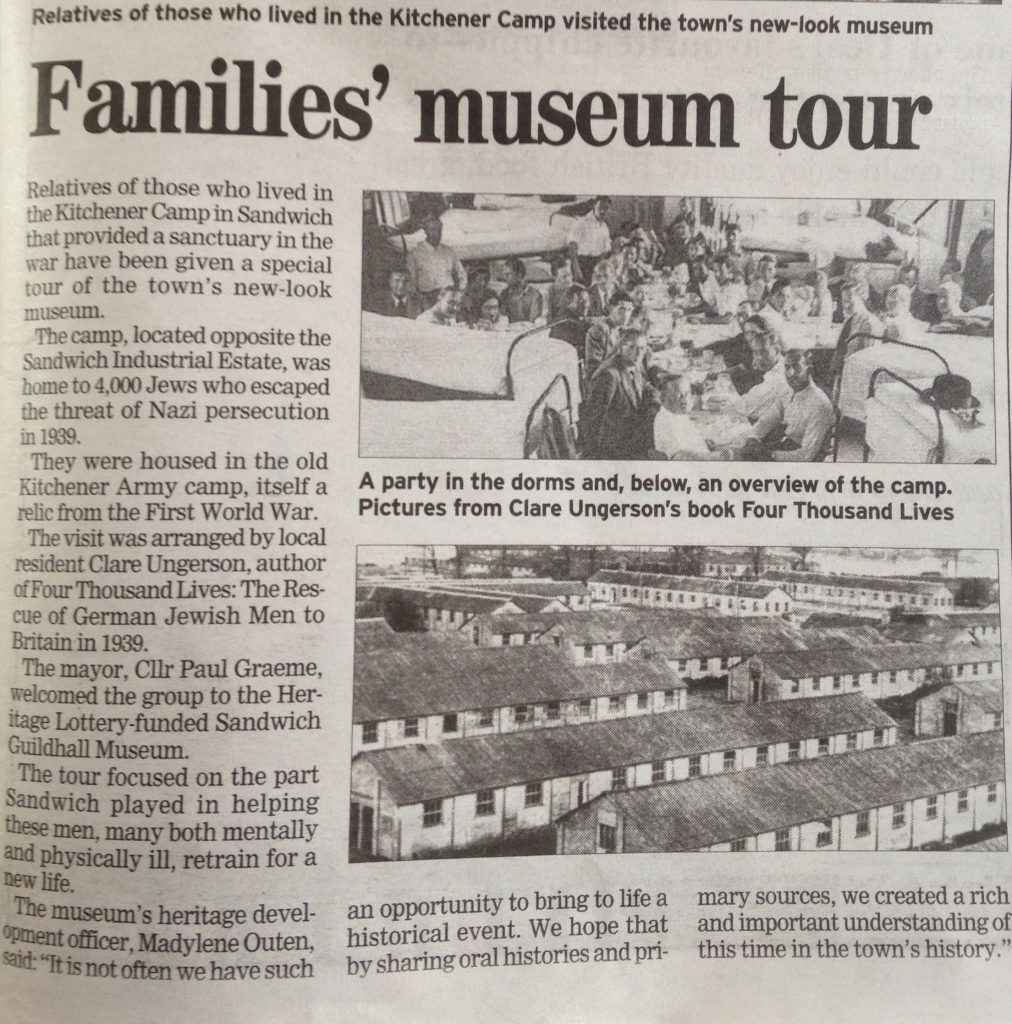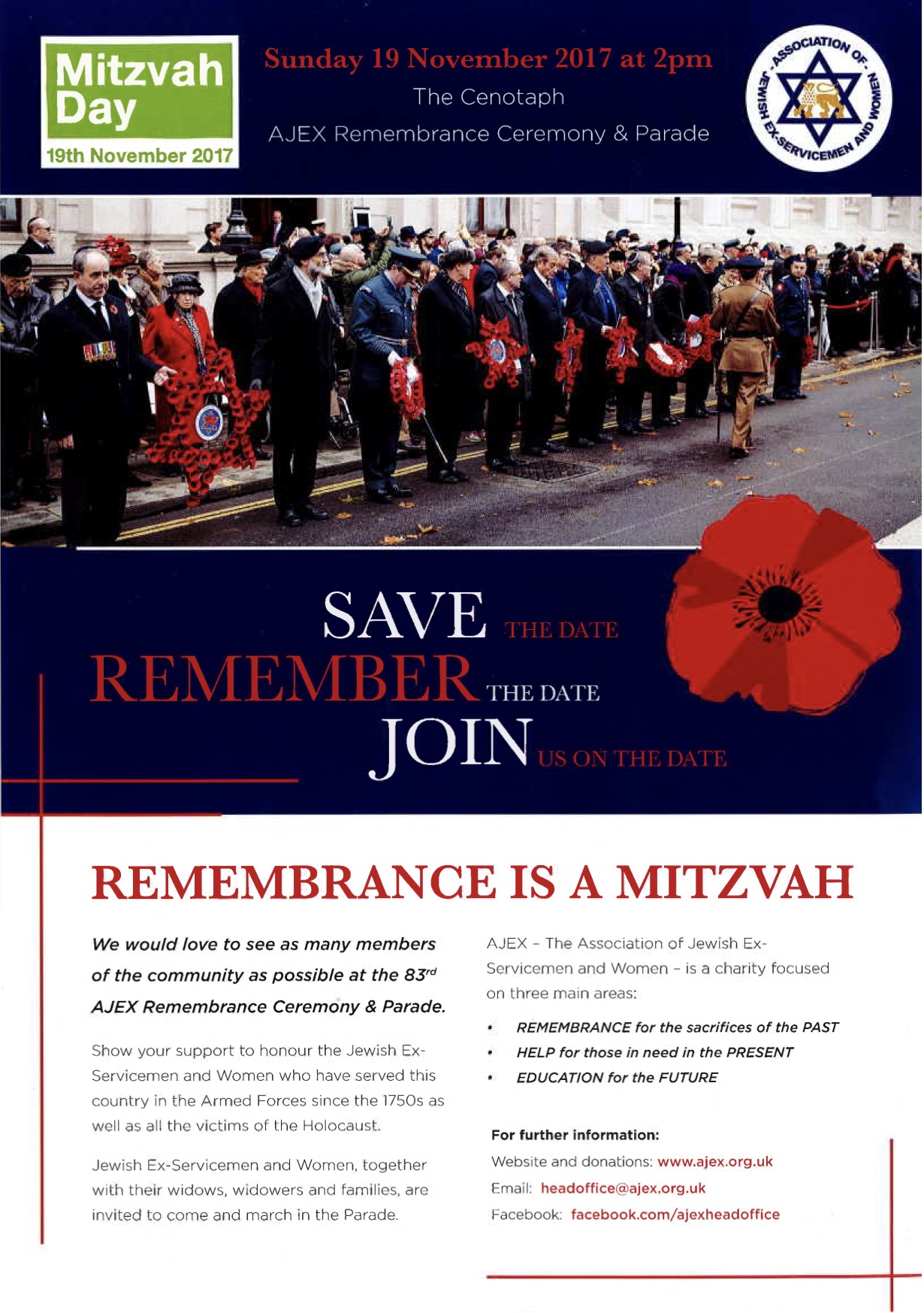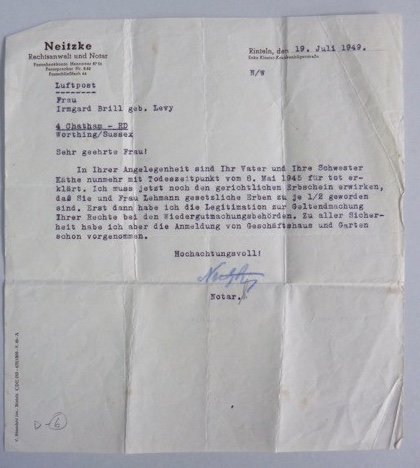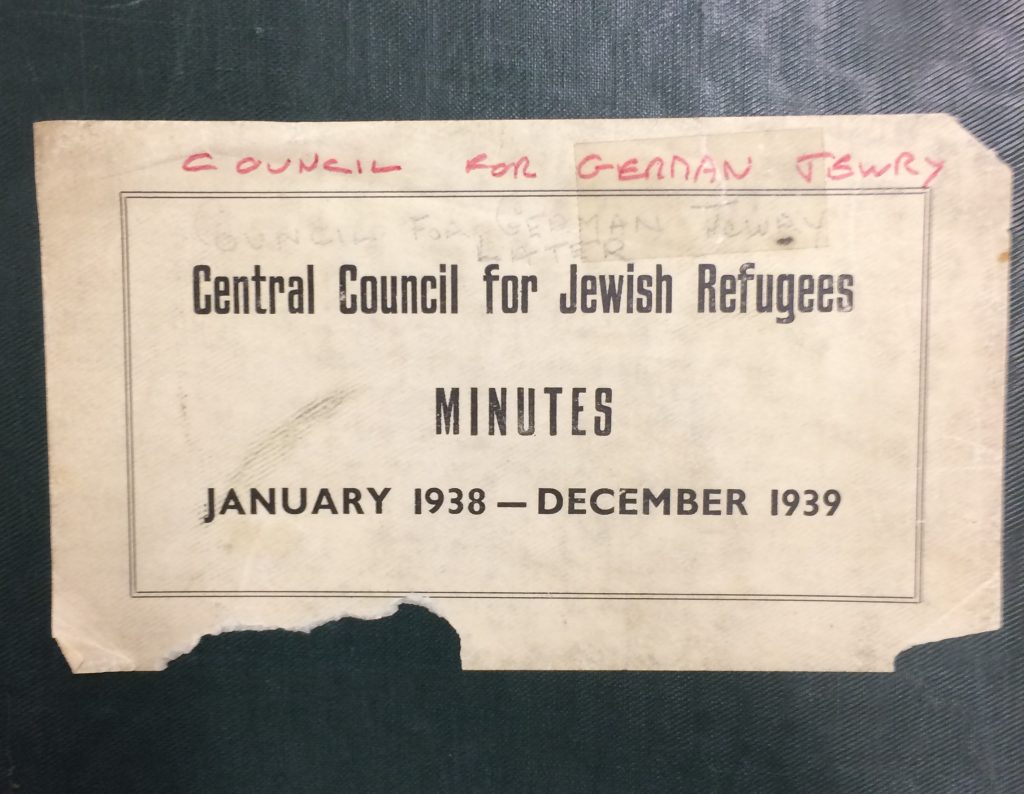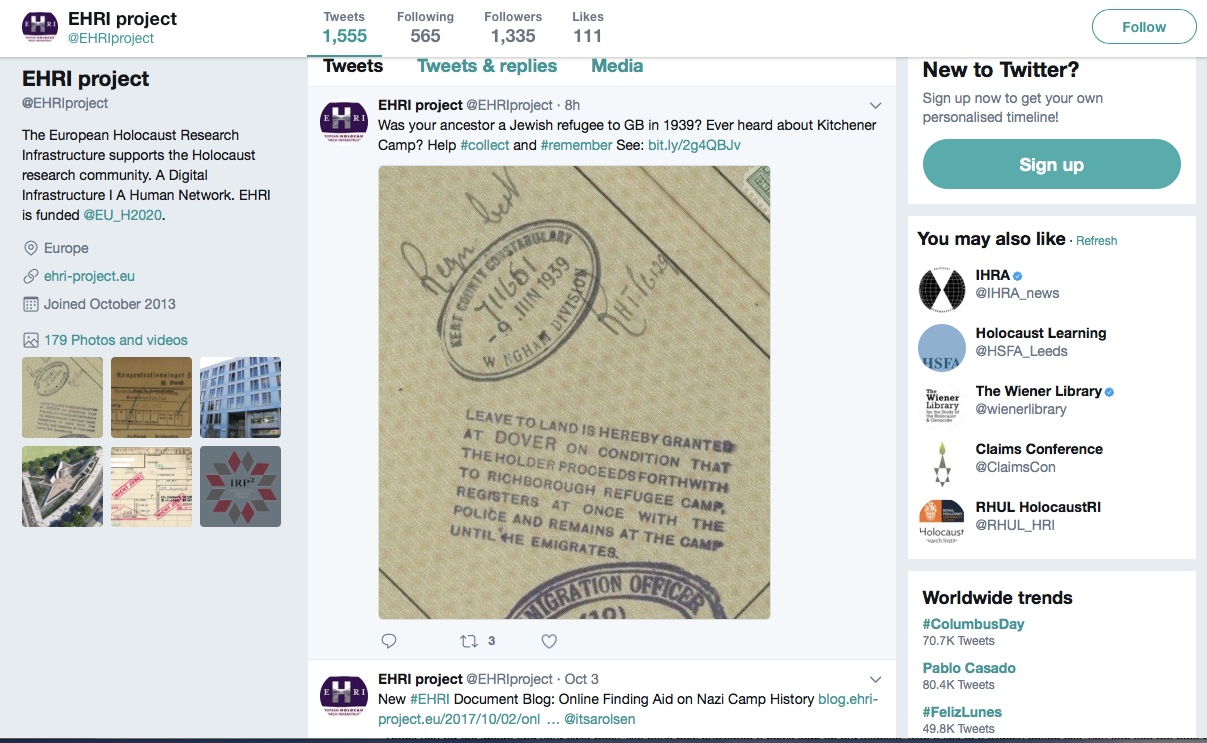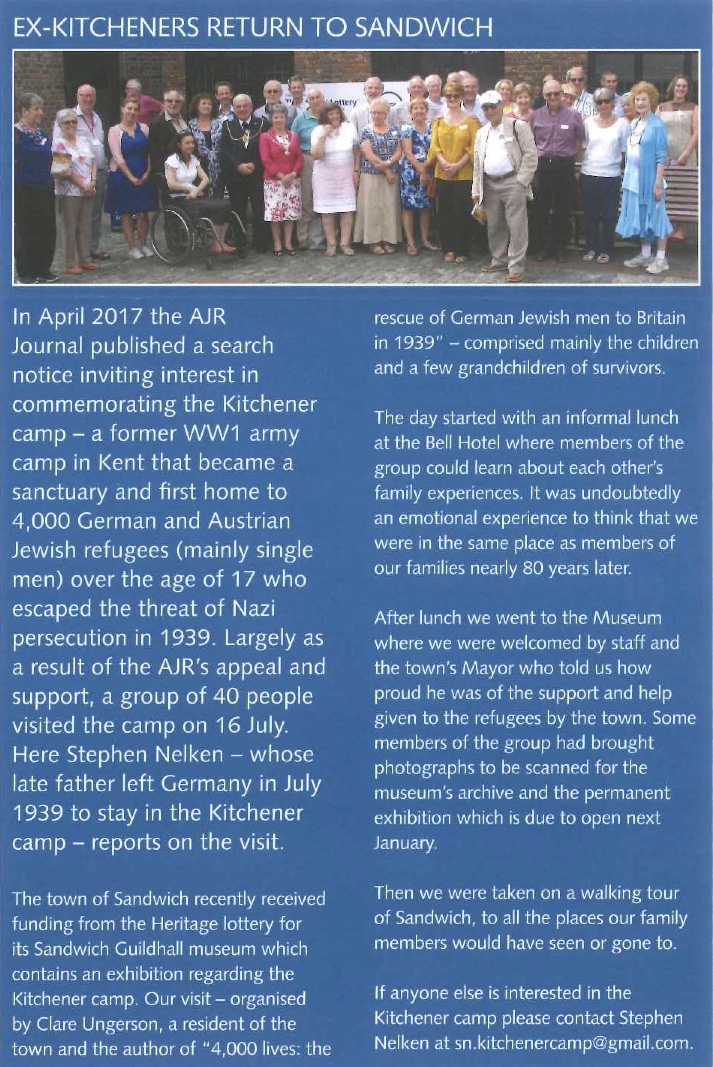We hear that a post about how to keep documents and photographs safe for the future might be a useful addition to this project
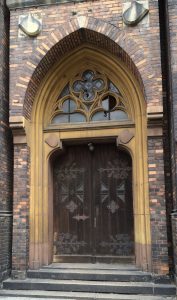
……………………………………………..
First, when taking a copy of a document or photograph to share with this project, keep a copy for yourself
When you have placed your historical item carefully into its new safe environment (see below), put your copy where it is accessible
In this way, if you want to show someone your historical treasure, you don’t need to get out the original
……………………………………………..
With our collection at home, with which we are still working, each item is placed within two pieces of acid-free paper. This acid-free ‘sandwich’ is then placed in an acid-free transparent envelope. Into this goes a copy of the original (also printed on acid-free paper), which goes between the top protective piece of paper and the transparent envelope
So, when we need to consult the item, we just look at the top copy and don’t have to remove or disturb the original in any way
We also slip our translations into the pocket (again, on acid free paper)
The whole thing, kept together, is then filed by date in a nice dark filing cabinet in a room in which the curtains are kept closed
This keeps our historical materials orderly, straight, cool, dark, and in the best environment I can provide at home until our collection goes to the Wiener Library in London, which is what will happen when we have finished working on it
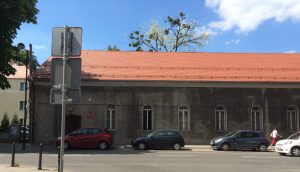
- As you might expect, National Archives both in the UK and in Australia, for example, have some very good advice about materials preservation, which can be accessed online. I have drawn on some of their advice for the notes below
……………………………………………..
In the present context, it is possible that families have, to date, regarded these old photos and documents as not especially important, except at the level of family interest and sentiment
However, if you think about it, paperwork from – say – 1937 is now 80 years old! And these are historic items that document a key part of Jewish, World War Two, and Holocaust history
Ideally, while you are thinking about sending copies of your items to this Kitchener camp project, you will also take this opportunity to think about what you might do with the originals in order to keep them safe
Many families have already donated their collections to museums, libraries, and universities with departments that work in this area. Some families will not be ready to do this, however
For those who are not ‘yet’ ready to contemplate letting go, you can at least mitigate against further deterioration of your items
At good archival suppliers you can purchase acid-free paper and acid-free pockets of various kinds
……………………………………………..
First things first …
- Handle everything with great care
- Never put your items anywhere near food or drink
- Always have clean hands and preferably wear protective cotton or powder-free surgical gloves
- Do use an appropriately sized rigid support to keep your documents from bending or being put under strain
- Never have pens anywhere near what you’re doing
- Do not attempt to remove any staples or other holdings, however old and rusty they may look. You risk causing more damage than doing good. Leave that kind of decision to a professional
- Do not straighten out pages of a book to scan or photograph them. This risks breaking an old spine and its glue
- Do interleave documents with acid-free archival tissue to protect from abrasion, ink or adhesive transfer
- Do not apply identification labels of any kind directly onto your historical items. Identification should be done on the packaging (before it is put anywhere near your materials), or on a piece of archival (acid-free) paper slipped into the sleeve/envelope holding the photograph or document
- Materials degrade more quickly when exposed to light, especially ultraviolet. Fluorescent tubes emit a relatively high level of UV. Which room in your house stays darkest? Ideally, your storage area should have no windows, or they should be covered with opaque curtains or blinds
- Watch out for any signs of mice or insects – both of which may be very destructive of old paperwork
Photographs
- Photographs should be handled where possible in their protective enclosure, if they have been put into one
- If a picture must be re/moved, handle with great care, by the edges only
- Clean disposable cotton or surgical-type gloves are useful here, because fingerprints corrode the silver in black-and-white images and cause dyes to change colour
- Never use metal pins, staples, paper clips, rubber bands, or tape to secure photographic materials
- Do not try to remove any tape and labels that are already stuck to photographic or other historic materials without conservation advice. Removal may cause damage
